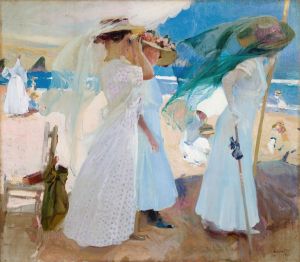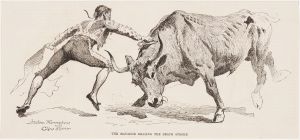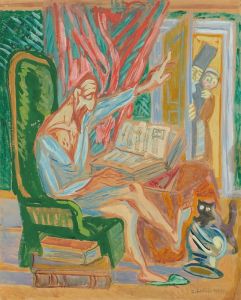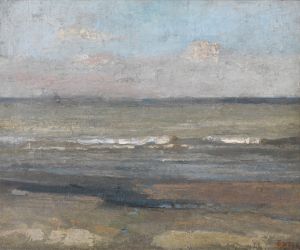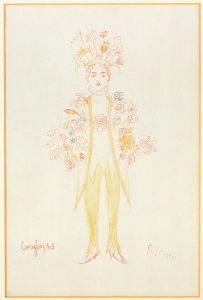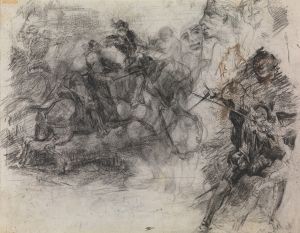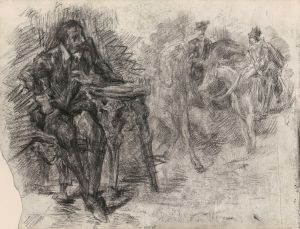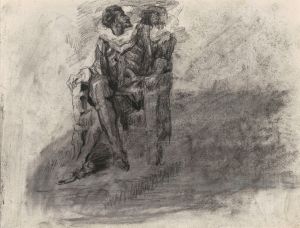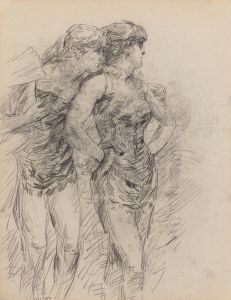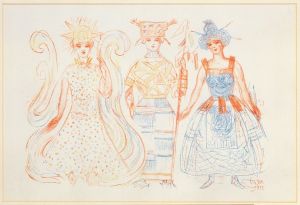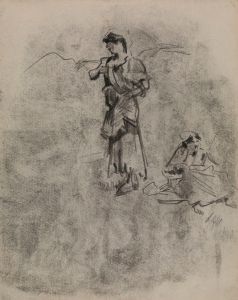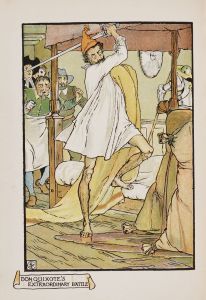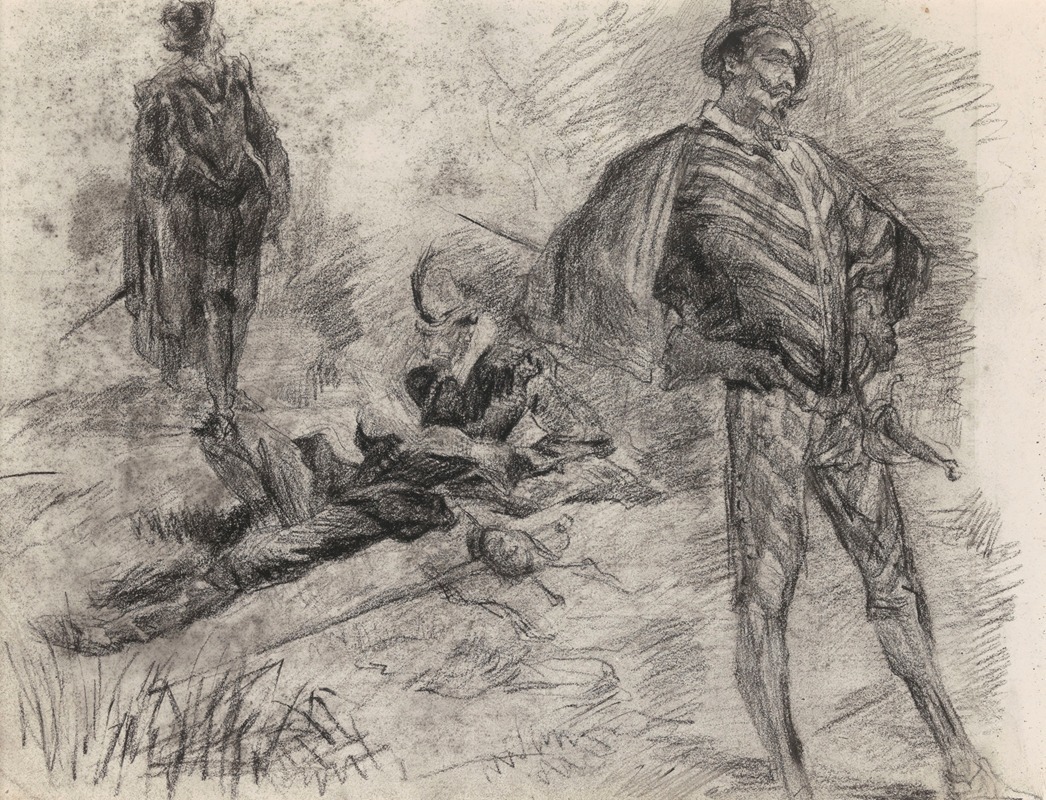
Don Quixote
A hand-painted replica of James Ensor’s masterpiece Don Quixote, meticulously crafted by professional artists to capture the true essence of the original. Each piece is created with museum-quality canvas and rare mineral pigments, carefully painted by experienced artists with delicate brushstrokes and rich, layered colors to perfectly recreate the texture of the original artwork. Unlike machine-printed reproductions, this hand-painted version brings the painting to life, infused with the artist’s emotions and skill in every stroke. Whether for personal collection or home decoration, it instantly elevates the artistic atmosphere of any space.
James Ensor, a Belgian painter and printmaker, is renowned for his unique and often surreal style that combines elements of satire, fantasy, and symbolism. One of his notable works is "Don Quixote," which reflects his fascination with the legendary character from Miguel de Cervantes' classic novel "Don Quixote de la Mancha." Ensor's interpretation of Don Quixote is a testament to his ability to blend traditional themes with his distinctive artistic vision.
James Ensor was born in 1860 in Ostend, Belgium, and spent most of his life there. He was a prominent figure in the Symbolist movement and is often associated with the avant-garde group Les XX, which he co-founded. Ensor's work is characterized by its vibrant use of color, intricate detail, and a penchant for the grotesque and the fantastical. His art often explores themes of death, masks, and the absurdity of human existence, which can also be seen in his depiction of Don Quixote.
Ensor's "Don Quixote" captures the essence of the delusional yet noble knight-errant who embarks on a quest to revive chivalry and bring justice to the world. The painting reflects Ensor's interest in the absurd and the tragicomic aspects of life, as Don Quixote is a character who embodies both the folly and the nobility of human aspirations. Ensor's portrayal of Don Quixote is not just a literal interpretation of Cervantes' character but also an exploration of the deeper themes of idealism and the clash between reality and illusion.
The painting is notable for its vivid colors and dynamic composition, which are hallmarks of Ensor's style. Ensor often used bold, expressive brushstrokes and a rich palette to convey emotion and movement. In "Don Quixote," these techniques are employed to create a sense of energy and chaos, reflecting the tumultuous adventures of the protagonist. The use of light and shadow in the painting adds depth and drama, enhancing the overall impact of the work.
Ensor's "Don Quixote" is also significant for its symbolic elements. The painting may include various allegorical figures and motifs that comment on the social and political issues of Ensor's time. Like many of Ensor's works, it can be seen as a critique of society, exploring themes of power, corruption, and the human condition. Ensor's ability to infuse his work with multiple layers of meaning is one of the reasons he is considered a master of modern art.
While specific details about the creation and exhibition history of Ensor's "Don Quixote" are not widely documented, the painting remains an important part of his oeuvre. It exemplifies his innovative approach to art and his ability to reinterpret classic themes through a modern lens. Ensor's work continues to be celebrated for its originality and its profound impact on the development of 20th-century art.
In summary, James Ensor's "Don Quixote" is a compelling interpretation of a timeless literary figure, rendered with the artist's characteristic flair for color, symbolism, and social commentary. It stands as a testament to Ensor's unique artistic vision and his enduring influence on the world of art.





